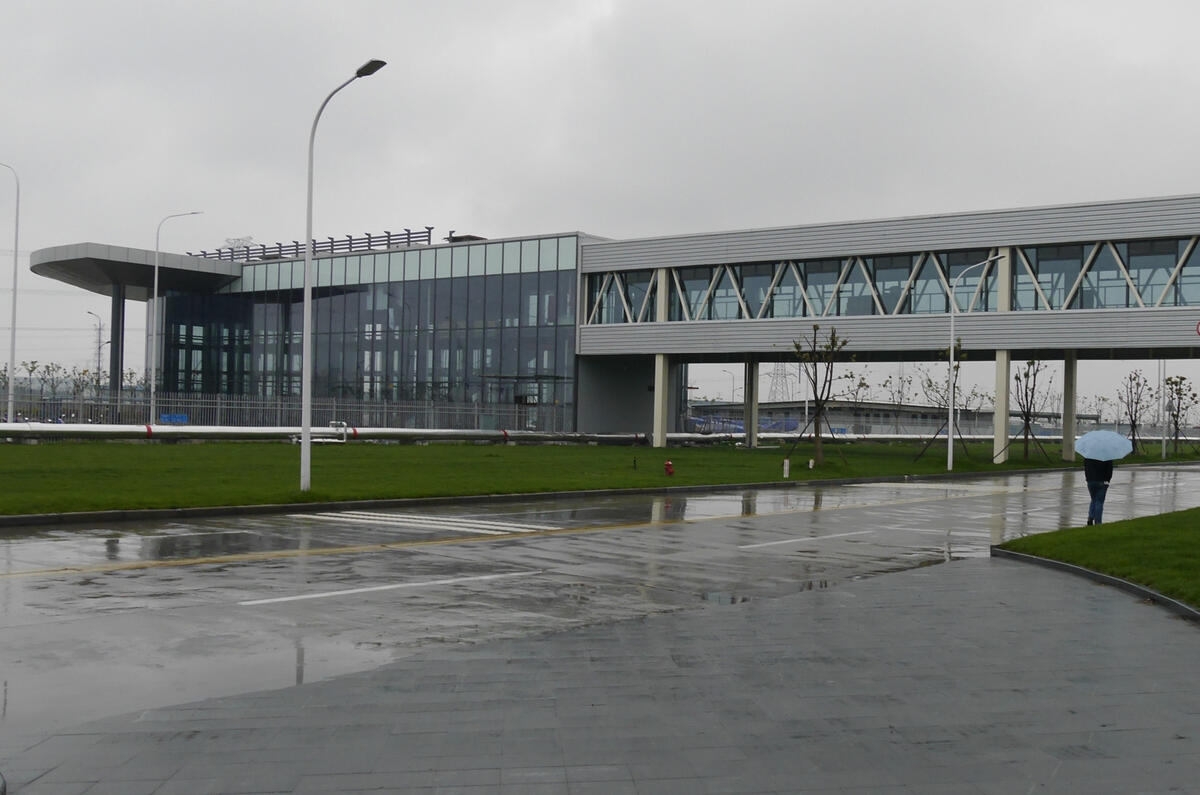You’ve been hearing an awful lot about VW’s new MQB platform – which underpins the new Volkswagen Golf and the latest Skoda Octavia among others – over the last couple of years.
From the car buyer’s point of view, it is notably light and strong. And, ultimately, it means that there will be more model variants offered by the VW Group’s various brands.
In truth, though, MQB is more of a manufacturing marvel, which will allow VW to build more cars more quickly and more accurately using as few unique parts as possible. Moreover, VW will be using the same MQB factories all over the world.
You could argue that MQB is one of the most industrially ambitious projects ever attempted by a car maker. But there again, it’s ambition lies in its inherent simplicity: using the same basic building blocks – from the basic structural architecture to the infotainment systems – to build cars locally for all the global markets.
Fresh from the Beijing motor show, I’ve just been to see a brand new MQB plant in Ningbo, Zhejiang. It was a two-hour flight from Beijing and another 90 minutes on a bus before we got to the new 300,000-vehicle capacity plant, which only started production last October. The reason for its remoteness became apparent later.
Run by Shanghai-Volkswagen (one of the two VW joint-venture companies in China: the other is FAW-VW), the Ningbo plant is currently producing the new Octavia and the Skoda Superb.
The Superb is built on a variation of the old Golf Mk5 platform, so is not an MQB-based model. But within a couple of years, the VW Group should be close to building nearly all its VW, Skoda and Seat models on the MQB platform. (Only price-competitive models such as the next-generation Skoda Fabia will differ). When that happens, the full advantages of the MQB production system will really kick-in.
Such was the security at the plant, we were only allowed to take pictures at the entrance before having all photographic equipment confiscated and signing a fearsome non-disclosure agreement on pain of fines. We jumped aboard eight-seat electric golf carts to be quickly run through the pressing plant, component stores and finally the assembly line.
The reason for the secrecy and brevity of the tour was quite simply security. In the hyper-competitive world of Chinese car-making VW doesn’t want any local manufacturers to get clues about its cutting-edge technology. That also might explain the remoteness of the factory site. At the Beijing show, for example, Skoda’s new Chinese-market long wheelbase Yeti was locked up. I was quietly told it was to stop “local” car makers from taking “spy shots of the interior”.
One thing I did glean from visiting Ningbo was the sheer speed of producing body pressings. Watching what appeared to be an Octavia’s inner tailgate pressing being transferred by robots from one stamping action to the next was eye opening. The physical gap between one pressing being lifted out of a tool and one brought in seemed to be just millimetres.
The body pressing and panels and other components are stored so there are enough parts for four days of production, plus a day’s production back up. Components for building up the painted body are delivered to the assembly line by robotic containers, which can make their own way to the lineside, eliminating the need for forklift trucks.
Clearly, in around 18 months’ time, when the Superb is replaced by an MQB-based car, Ningbo will have the potential to not just reduce the build time of a car but also be able to react much more quickly to customer demand for individual models.
With so much commonality between, say, an Octavia and Mk3 Superb, the main tool changes – which slow the speed of production – will be for stamping the exterior panels. A huge amount of the understructure and underskin components will be the same. And that applies across VW’s brands as its does across individual models.
Multiply this across 50 or more factories across the globe and you can see the potential for VW. No wonder the company is so bullish about boosting its profit margins over the rest of the decade.




Join the debate
Add your comment
Let's hope they don't have to have a recall, then...
Thought badge engineering went out with the ADO16 platform that begat the Austin/Morris/MG 1100/1300, Austin America, Glider and Victoria, Innocenti IM3, Riley 1300 and Kestrel, the Vanden Plas Princess/Wolseley 1100/1275/1300. But obviously, it was invented by Volkswagen...
The flip side of the (MQB) coin
MQB may be a great
Thank god Rich Boy
Interesting comments!
Being cynical I always suspected that MQB had more to do with benefits to the manufacturer than the customer and that any cost savings would not be passed on.